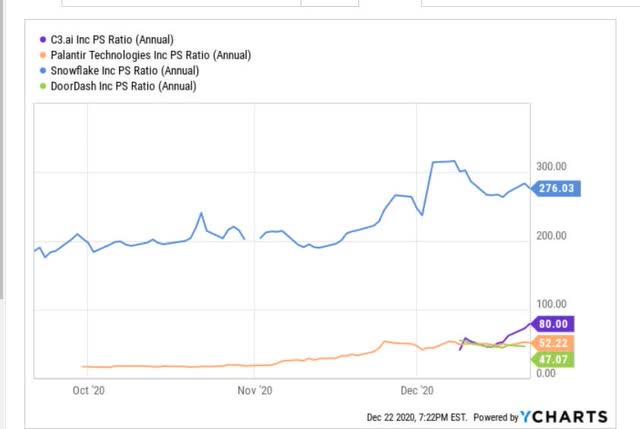
This was quite a letdown for Workhorse, which had promised to build cutting-edge electric trucks for the post office, possibly equipped with even more cutting-edge rooftop drones for delivery to isolated locations. Postal Service (USPS) awarded a massive $482 million initial order for "Next Generation Delivery Vehicles" (i.e., new mail trucks) not to Workhorse but to rival bidder Oshkosh ( OSK 0.49%) and its internal combustion-powered trucks instead. We have to have an open and honest dialogue about our energy futureĪs we look beyond the immediate crisis, we already know that to secure our energy future and meet the growing demand for electrification, we effectively need to rebuild the NEM – doubling the amount of electricity it delivers now, building out a nine-fold increase in large-scale renewables, trebling firming capacity, and installing over 10,000 kilometres of new transmission lines.Four months ago, if you recall, Workhorse suffered a near-fatal blow when the U.S. And that same gas infrastructure will also be essential to enabling new industries such as hydrogen and biogas in the future.


That’s a scenario APA Group is investing $270 million to avoid, by expanding our east coast gas grid by 25 per cent to provide a cost-effective, safe and reliable means of transporting Australian domestic gas from northern gas producers to southern markets. But the energy market operator has warned that potential gas shortfalls in Victoria, as early as winter 2023 could, in extreme conditions, see households asked to “voluntarily reduce their use of gas during forecast extreme peak day events”. While our future energy needs will increasingly be met by renewables (underpinned by gas), as Santos CEO Kevin Gallagher observed last week, Australia simply cannot expect to just “magically conjure up” more gas in the future without investing in supplies, and the infrastructure that will get it to market today.Īustralia’s existing gas infrastructure is akin to a big battery – capable of dispatching and delivering energy security when it’s needed most. We must continue to invest in gas and gas infrastructure It was gas, with less than half the emissions of coal, that stepped in to fill those gaps.Īdvertisement 3. As recently as last month, a wind drought saw its share of generation in the NEM fall to just 1.9 per cent of total supply, while days later solar generation fell to about 4 per cent. Gas generation is not just essential and virtually irreplaceable for some industries and manufacturers, it is also the perfect complement to variable renewable energy. It is unparalleled in its ability to be turned on in minutes, and sustained for extended periods, delivering energy security when it’s needed most.


Gas is criticalĪs this crisis has shown, natural gas is the workhorse of the energy grid. Coal must be withdrawn with a responsible plan to replace this generation with firmed energy.īut coal’s exit has to be managed responsibly so we don’t undermine grid stability and leave us vulnerable to the kinds of shortfalls and shocks we’re experiencing today. We all know that the task to remove high emissions-emitting coal from the grid is urgent. We need a national energy plan, with an inbuilt capacity mechanism


 0 kommentar(er)
0 kommentar(er)
